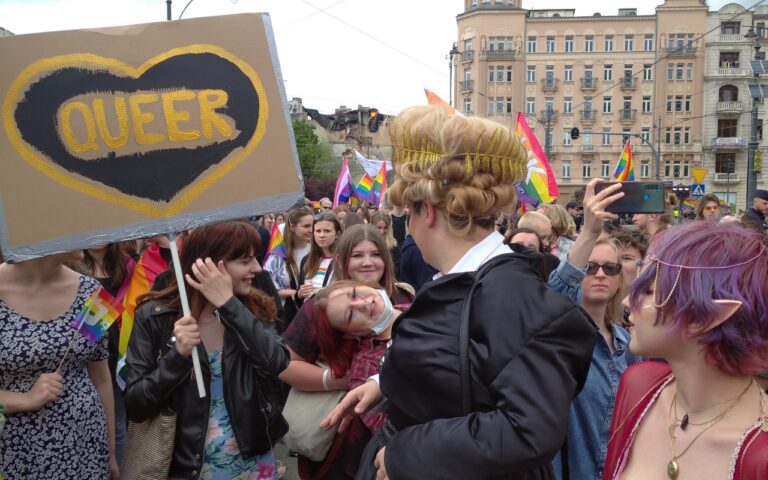The history of the rainbow flag, the symbol of the LGBT+ struggle, finds its origins in 1978 in San Francisco, USA. Almost 10 years after the first Pride march, the first openly gay politician, Harvey Milk commissioned Gilbert Baker to create a flag that would symbolize the community’s movement. Today the rainbow flag is an international symbol that unites all LGBT+ communities around the world.
The colors of the flag
Gilbert was both a gay activist and designer and created a flag inspired by the song “Over the rainbow” performed by Judy Garland. For the LGBT community, Judy was a symbol of social struggle. She was one of the first famous women to make visible her problems with alcohol, divorce and other addictions. The community saw in her a diva who was vulnerable but at the same time strong in the fight against stigma and social gaze.
Initially, the flag had 8 colors, each representing an important element of the culture: pink, sexuality; red, life; orange, health; yellow, the sun; green, nature; turquoise, magic and art; blue or indigo, harmony and serenity; and violet, the spirit. Then in 2008 the pink and turquoise were eliminated and currently only has the 6 colors.
Currently, in addition to the rainbow flag, other symbols and flags appear as signs of the struggle and visibility of gender and sexual diversity. Among them is the bisexual, lesbian, pansexual and transgender pride flag.




